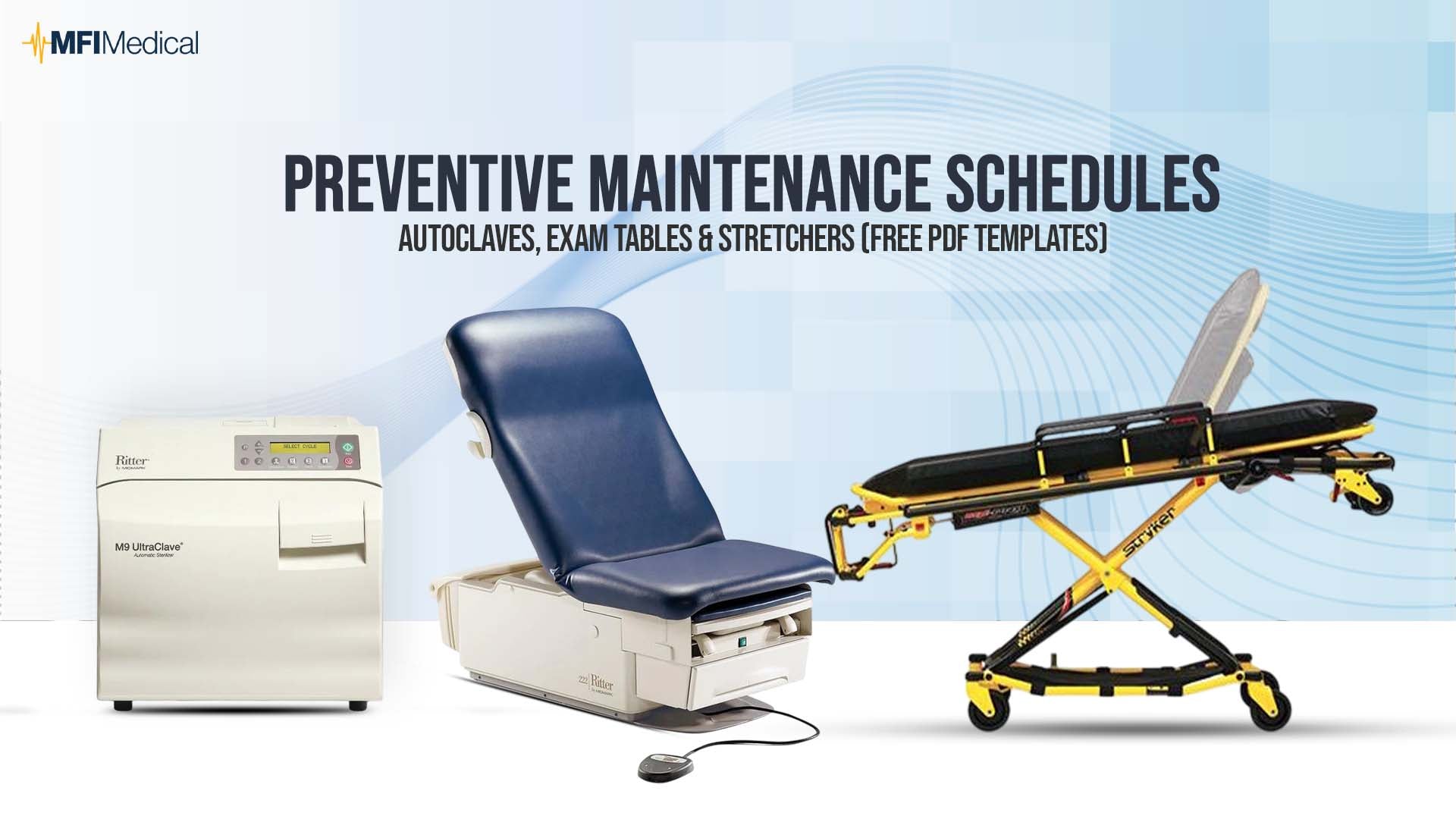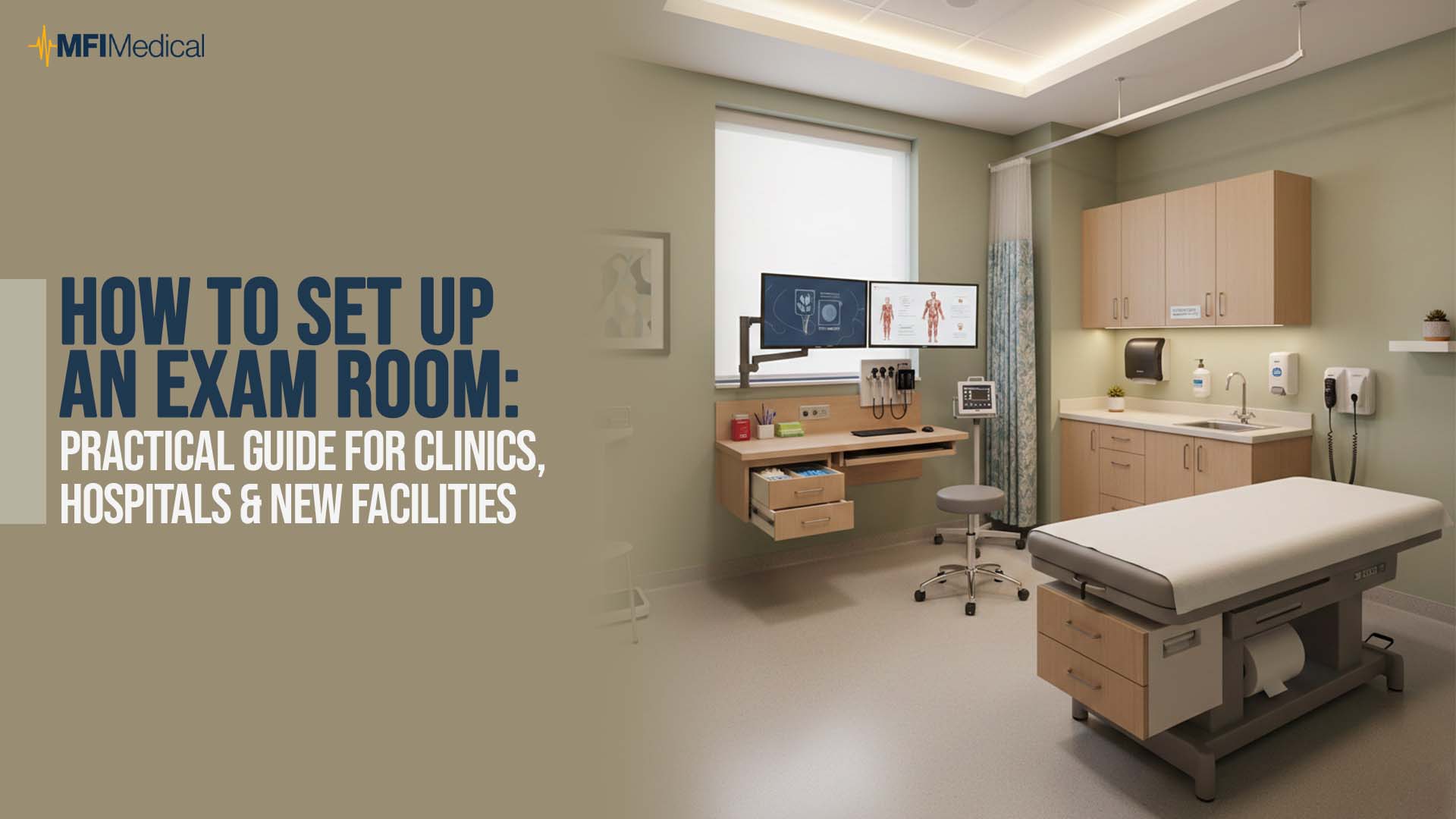
As any surgeon knows, there are a number of complications that can take place during postoperative care. One of the many challenges of postoperative care is the management of postoperative urinary retention (PUR). Imbalances in PUR can lead to a complication known as acute urinary retention, which prevents patients from emptying the bladder after an operation and is a real risk for patients. Retained urine can be quite dangerous, as it serves as a reservoir for bacteria and pathogens, which can cause urinary tract infections (UTIs), leading to damage of the renal structures, pain, and sepsis. Typically, healthcare professionals make use of urinary catheterization to monitor and manage PUR, but technological advancements have provided medical professionals with a non-invasive alternative.
The Risk of Urinary Catheterization
The classic method of preventing acute urinary retention during postoperative care is performing an invasive "in and out" urinary catheterization. In this method, a tube is inserted into the patient's bladder through the urethra to allow for urine output monitoring and allow for drainage. This urinary catheterization is not only uncomfortable for patients, but poses the risk of biofilm development, which introduces more pathogens into the bladder and increases a patient's risk of contracting a urinary tract infection (UTI).
Duration of catheterization plays a big role in potential complications for the patient, as studies show that for each day of catheterization, there is a five percent chance of infection. For patients requiring long-term catheterization, the chances of biofilm development increases, as does the risk of catheter-acquired urinary tract infections (CA-UTI). Infection control programs in healthcare facilities across the nation have specific policies in place to limit catheter-acquired urinary tract infections, though catheterization itself is still a common practice. Fortunately, advancements in medical imaging technology have provided healthcare professionals with a non-invasive alternative to urinary catheterization that uses ultrasound technology to monitor postoperative urinary retention.
3D Bladder Scanners as a Solution
3D bladder scanners were introduced to the medical industry as a high-tech solution to the age-old challenge of monitoring postoperative urinary retention. Bladder scanners utilize ultrasound technology to quickly and accurately measure bladder capacity and post-void residual (PVR) urine volume, reducing the need for catheterization. In addition to creating less work for medical professionals, reducing the need for urinary catheterization also reduces the risk of patients contracting a UTI during postoperative care.
Commonly found in acute care, long term care, and rehabilitation environments, bladder scanners can also be found in a number of physicians' offices. Bladder scanning has been found to be effective for use with patients suffering from diabetes, postoperative decreased urinary output, an enlarged prostate, a urethral stricture, spinal cord injuries, urinary incontinence, and many other conditions.
In addition to monitoring PUR and mitigating catheter acquired urinary tract infections, bladder scanners are a great long-term investment for healthcare professionals and facilities. According to a 2010 study published by researchers at Udine University, methodical use of a bladder scanner in the perioperative period is likely to reduce hospital costs and the total number of days patients need to stay in the hospital. In addition, this study found bladder scanner use was likely to increase correct use of urinary catheterization and cut down on patient pain and discomfort.
3D Bladder Scanner Cost and Features
A typical 3D bladder scanner uses a probe to provide healthcare professionals with a virtual 3-dimensional image of the bladder on a display screen. Bladder scanners are either portable or attached to a rolling stand. There are also handheld bladder scanners, which are much more compact and perform many of the same functions as larger units. Bladder scanners have been on the market for a few years, and while the average bladder scanner price is over $10,000, there are more affordable devices that have been recently introduced to the market.
MFI Medical carries a line of 3D bladder scanners from Caresono and MDPro, including the Caresono PadScan HD2 Bladder Scanner, the MDPro MP-5000 Bladder Scanner, and the Caresono PadScan HD3 Bladder Scanner, which cost $5,500, $5,500, and $8,500, respectively. All three bladder scanners come with a two year warranty, and Caresono/MDPro estimates a 10 - 15 year lifespan for their bladder scanners with normal wear and tear.
The Caresono PadScan HD2 Bladder Scanner is a "pistol" style, handheld scanner, featuring a compact design and LCD touchscreen. This $5,500 unit is portable and has a battery life of approximately 3.5 hours. The unit has two scan operation modes, easy and expert, as well as distinct patient styles provided for men, women, and children. This bladder scanner does not need to be calibrated due to the patented core technology within.
Coming in at the same $5,500 price point, the MDPro MP-5000 Bladder Scanner is not handheld, but is still lightweight and easy to transport. This simple-to-operate scanner has a 8.4" LCD touch screen and features an internal memory to store and review images and patient data. The software found inside the MP-5000 can be upgraded online with ease and this unit will require yearly calibration.
At $8,500, the Caresono PadScan HD3 Bladder Scanner is a compact "pad" style unit with a built-in thermal printer. The unit uses the Caresono Bladder Scan Algorithm, which is cutting edge technology in bladder volume calculation. In addition to the 3D bladder image projection, this unit features a double ultrasonic images display. Like the HD2, this scanner's patented core technology means no calibration is needed.
Both the MDPro MP-5000 Bladder Scanner and the Caresono PadScan HD3 Bladder Scanner have a feature that benefits our international customers - interchangeable language interface. Languages to choose from include English, French, German, Spanish, and Chinese.
Choosing a 3D Bladder Scanner
Ready to make the change to a 3D bladder scanner? When determining what type of bladder scanner to purchase, we recommend making a list of your requirements and desired features, and examining each option available to determine the best fit for your needs.
If compact size is a top priority, consider the Caresono PadScan HD2 Bladder Scanner or the Caresono PadScan HD3 Bladder Scanner. The HD2 is a good bladder scanner for basic scans, but it's important to note that it's more limited in menu options due to the pistol-style configuration. Additionally the head of this scanner is not removable, so it will need to be sent in for service should anything happen to it.
Will a thermal printer be helpful in day-to-day use? If so, then you'll want to look at the HD3. If storing and reviewing images is a priority, consider a unit with internal memory, like the MDPro MP-5000 Bladder Scanner. If you'll need to work closely with the unit, the larger screen size of the MP-5000 and HD3 models are ideal. For facilities in countries where French, German, Spanish, and Chinese are the dominant language, the MP-5000 and HD3 provide simple interface language changes for hassle-free use.
Another major consideration for many customers is calibration - many 3D bladder scanners will require yearly calibration, which will add up cost-wise over time. If you'd rather avoid the hassle and cost associated with yearly calibration, look for a model like the Caresono PadScan HD2 Bladder Scanner or the Caresono PadScan HD3 Bladder Scanner. Both of these scanners feature patented core technology within, meaning calibration is not needed.
By far, 3D bladder scanners are the safest, most efficient, and most cost-effective means to assess the volume of urine retained within the bladder. If you're looking to invest in a bladder scanner but aren't sure where to start, get in touch with one of our medical equipment specialists to help you choose the best bladder scanner for your needs.



